Jacob Kenedy’s home kitchen is full of things he rarely uses: a sushi mat, a coconut grater, a pestle and mortar, even a borrowed turbotiere (a kite-shaped pan specifically for poaching turbot). “I’m the worst,” confesses the chef-owner at Bocca di Lupo, a restaurant in central London. “I buy gadgets all the time. I’m a kleptomaniac of other cuisines; I’ve an enormous kitchen island full of crap.”
Kenedy is not alone. In one UK survey last year, tapwarehouse.com found that 41 per cent of tagine owners had never used theirs. Spiralisers, waffle irons and juicers are all gathering dust, too, with the average household home to €350 of unused kitchen equipment.
Not all neglected kit is useless – some items are underappreciated. You can cook north African tagine dishes in a lidded casserole pot, but Tarik Abdeladim, the owner of the York restaurant Los Moros, insists a tagine’s cone “enables flavoured steam to slide back into the sauce”, intensifying the dish. He adds: “Traditionally, Berber households have different tagines for fish or chicken. They believe the clay gets seasoned over time, enhancing the flavour.”
Tagines make colourful ornaments, too, whereas most gadgets end up crammed in cupboards and drawers, unlamented, as we realise that, far from being labour-saving, they are difficult to use or tough to wash – or they break, or the fad in question passes. “I think we should be asking: is this plastic? Will it last? Should I buy it?” says Rebecca Seal, a cookery writer and the author of Leon Happy Guts.
Are you keen to spend less or declutter? We asked a group of food geeks about which kitchen gadgets they deem unnecessary – and how to cook brilliant food without them.
Ice-cream maker
€35-€410
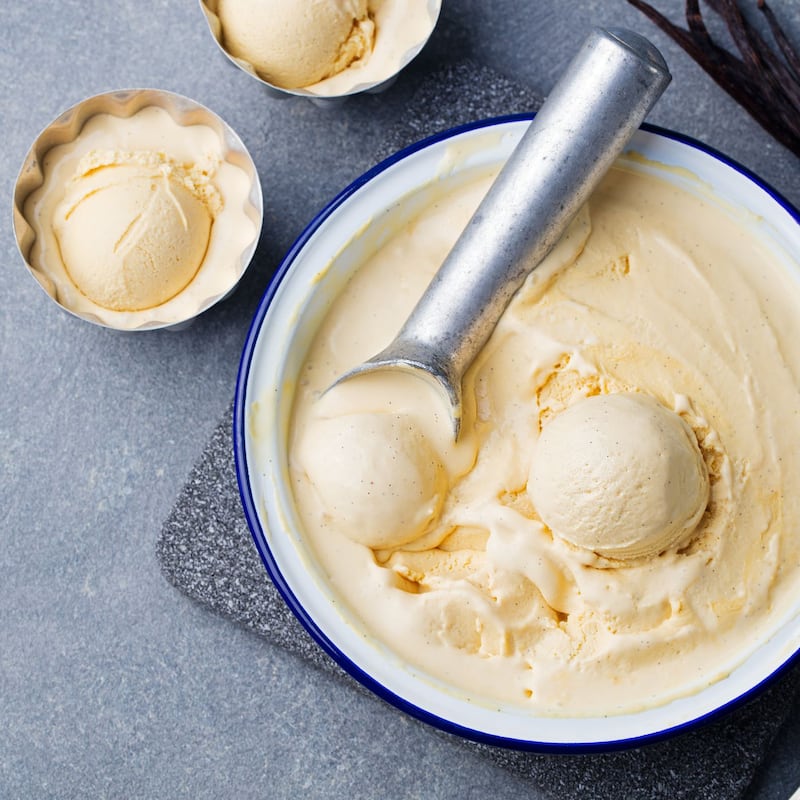
You have to do the difficult bit anyway, which is making the ice cream’s custard base. The machine merely churns the custard so you don’t have to beat ice crystals out of it manually, hourly, as it sets. “The one I had, you had to pop in the freezer 24 hours ahead of time if you wanted ice cream. That killed it,” says Shivi Ramoutar, the author of The Ice Kitchen. “We had a tiny freezer. And then there’s fiddly pieces that get lost. Two house moves later, I don’t know where it is.”
Ramoutar’s solution? A no-custard, no-churn recipe, where you whisk a 397g tin of condensed milk into 300ml double cream until it is thick enough that your finger leaves an indentation in the mix when poked. Add a few drops of vanilla extract, “swirl through caramels, fruit compotes, chocolate chips” or other flavourings, scoop it into a freezer-suitable container and simply leave this “proper ice cream” to set.
Honey dipper
€2-€7
"What is that?" asks an incredulous Sam Grainger, the executive chef at Madre in Liverpool, as he considers the grooved, turned-wood dippers used to dispense honey. "Just use a spoon."
Popcorn machine
€12-€105
How is filling a machine with corn kernels easier than using microwavable bags of the stuff? Better still, suggests Martyn Lee, Waitrose's executive chef, is making your own in a casserole pot.
Coat the bottom of the pan with a thin layer of vegetable oil, heat it until a test kernel pops when added (note: butterfly is the popcorn variety that blooms attractively), then, off the heat, spread a layer of kernels in the bottom and return it to the heat until the popping starts in earnest. “Crucially, remember to put the lid on!” says Lee.
Coffee bean grinder
Handheld €9-€35; larger electric models €45-€475
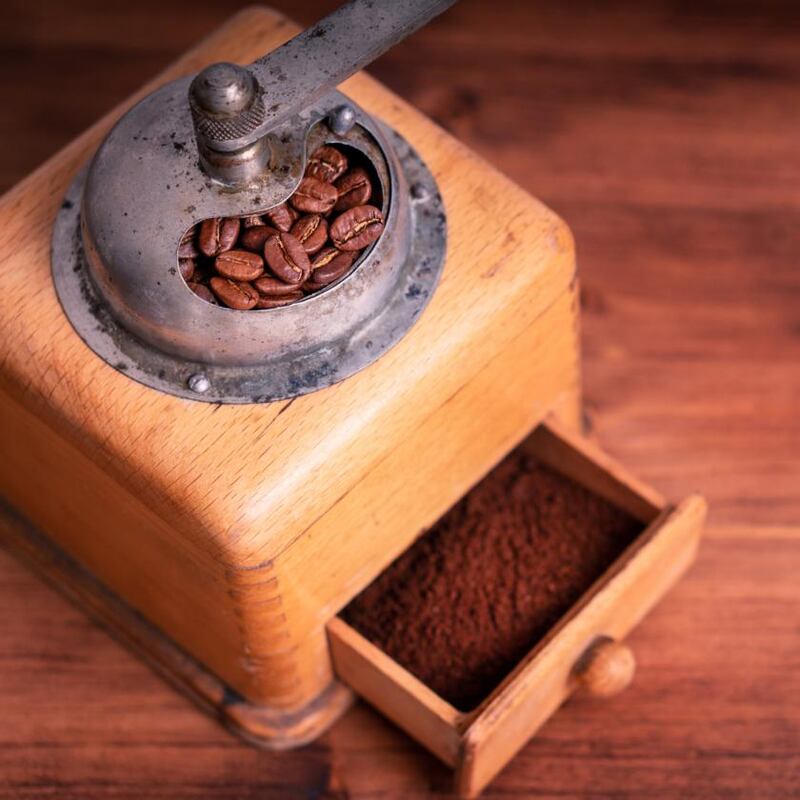
In a period of caffeine geekdom, Seal invested in an espresso machine and, for ultimate freshness, an electric grinder. “We could never get the burrs right or the grind fine enough. I got so annoyed that I couldn’t enjoy the coffee. In the end, we sold it and started buying bagged supermarket coffee.” Sometimes you have to embrace the benefits of industrial food production, perfectly ground coffee being one. Seal still has a “rubbish” hand-grinder that makes “the worst cup of coffee”. But all is not lost: “I’ve used it for grinding spices and it’s very good at cardamom.”
Breadmaker
€80-€290
If you are particularly stretched for time or find baking physically difficult, but still want loaves made to your personal specification, breadmakers are clearly useful. Many machines will combine the ingredients, then knead and prove the dough. That said, Si Toft, the chef-owner at the Dining Room in Abersoch, has a minimal-effort focaccia that may offer entry-level bakers a better end result.
Combine 500g of strong white bread flour, four tablespoons of decent olive oil, and a teaspoon each of yeast and salt, then add 400ml of lukewarm water and mix thoroughly. (You can use a food mixer’s dough hook for ease.) Pour the mix into a greased tray, let it prove for an hour, top with olives, onions, rosemary or sun-dried tomatoes, and bake for 20 minutes at 220 degrees. “It’s the simplest thing,” says Toft.
Garlic press
€2-€17
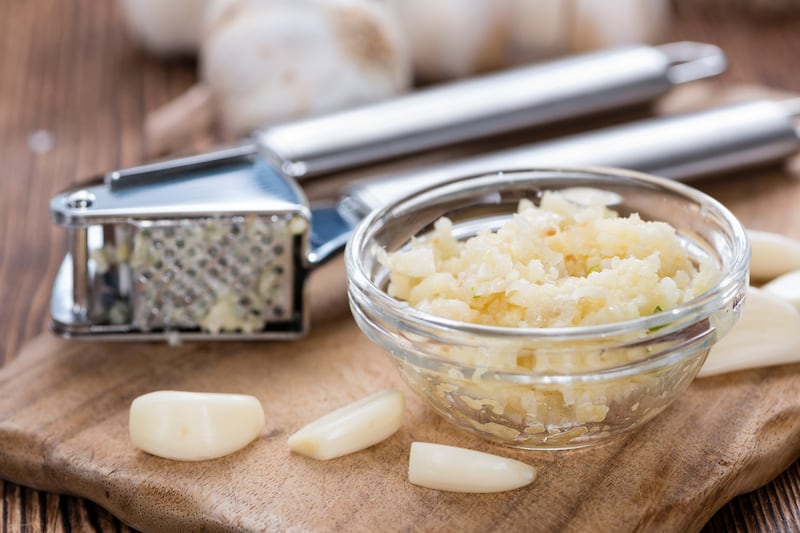
The Glasgow-based food writer and cookery tutor Sumayya Usmani has yet to find a garlic press that works for her. “I dislike how garlic gets stuck in them. You waste so much.” They are frequently a “faff” to fill, to depress smoothly and to clean. “I’d rather chop it or put it in a little cup-sized herb blender and whiz it.”
Manual spiraliser
€6-€35
Pinioning your vegetable in place, twisting or cranking it through the cutters and cleaning the spiraliser takes time you could spend producing similar "voodles" (vegetable noodles) with a julienne peeler. You could even peel ribbons from your vegetable with an ordinary swivel-headed vegetable peeler, then, piling the ribbons neatly, cut them into strips. "With a good, sharp knife, you can do anything," says Grainger.
Pasta machine
€35-€90
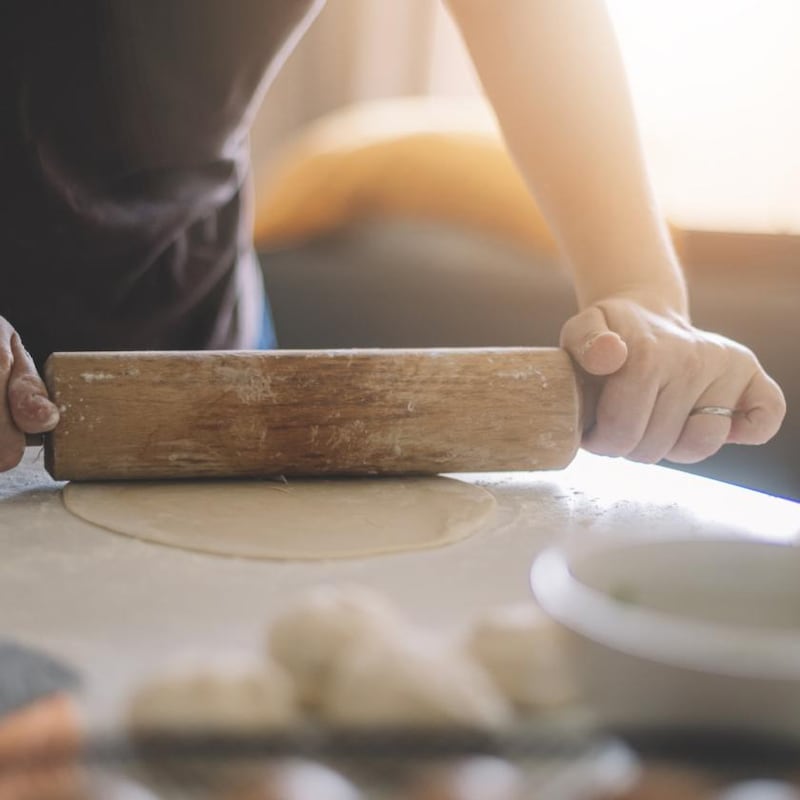
“I have one at home I use maybe once every four months,” says Kenedy. “In most households they’re doomed to gather dust.” Why? Because extruded pastas such as penne or spaghetti are best bought dried, while other shapes, such as trofie or orecchiette, can be made without any equipment. Pasta-rolling machines only make fresh egg pasta sheets suitable for lasagne, filled pastas such as ravioli or for cutting into flat noodles, eg fettuccine. Ultimately, human beats machine.
Having created your rich egg pasta (for four people, 400g of Italian 00 flour combined with two whole eggs and four or five yolks, kneaded for five minutes and rested for 30 until it is “stiff but not hard”), you will get better pasta using a rolling pin to create 1mm-thin sheets. This method requires plenty of elbow grease, however, and perhaps an instructional YouTube trawl.
Poaching paraphernalia
€4-€35
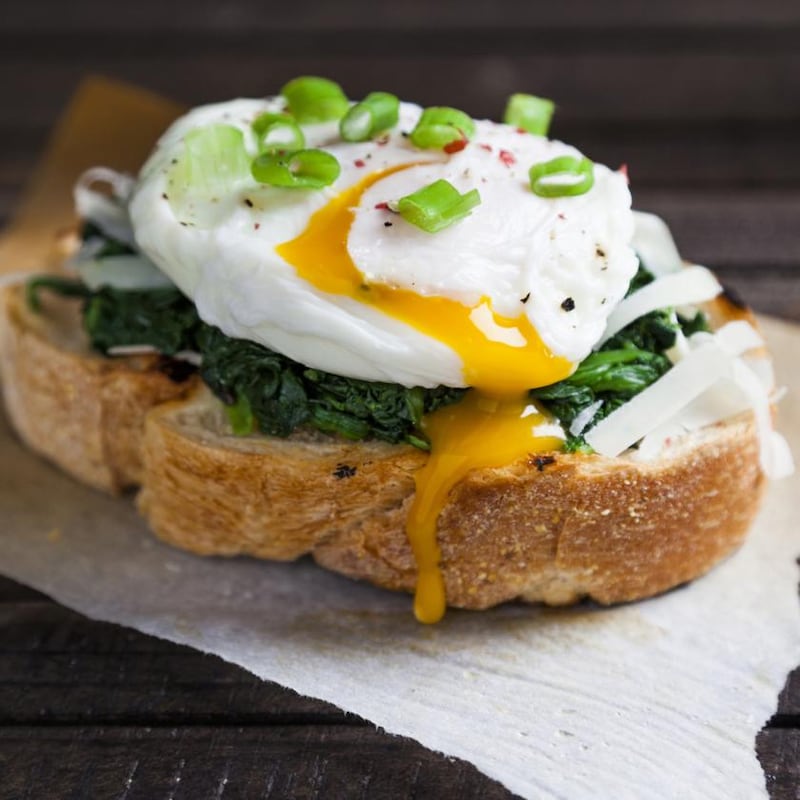
Disposable pouches, floating silicone moulds, dedicated poaching pans: you do not need any of those to create bang-on poached eggs. Bring a pan of water to a gentle simmer – no whirlpool, no vinegar – and simply tip an egg in close to the surface, says Toft: “Don’t lob it in. And, if you drop it into fiercely boiling water, it will break up.” After three minutes, lift the egg on a slotted spoon; when done, its white should sit up firmly on the spoon. Drain and serve.
Electric juicer
€60-€580
Given that many people already own a blender that will make a serviceable smoothie, and that retaining fruit's fibre is considered a good thing, the rise of the juicer (demanding to clean) is curious. Seal says: "It's cheaper and more environmentally friendly than buying juice, but I thought the mantra was: eat the fruit, don't drink the juice? I've never understood why we're obsessed with sucking sugar out and consuming it with as little fibre as possible." – Guardian


















